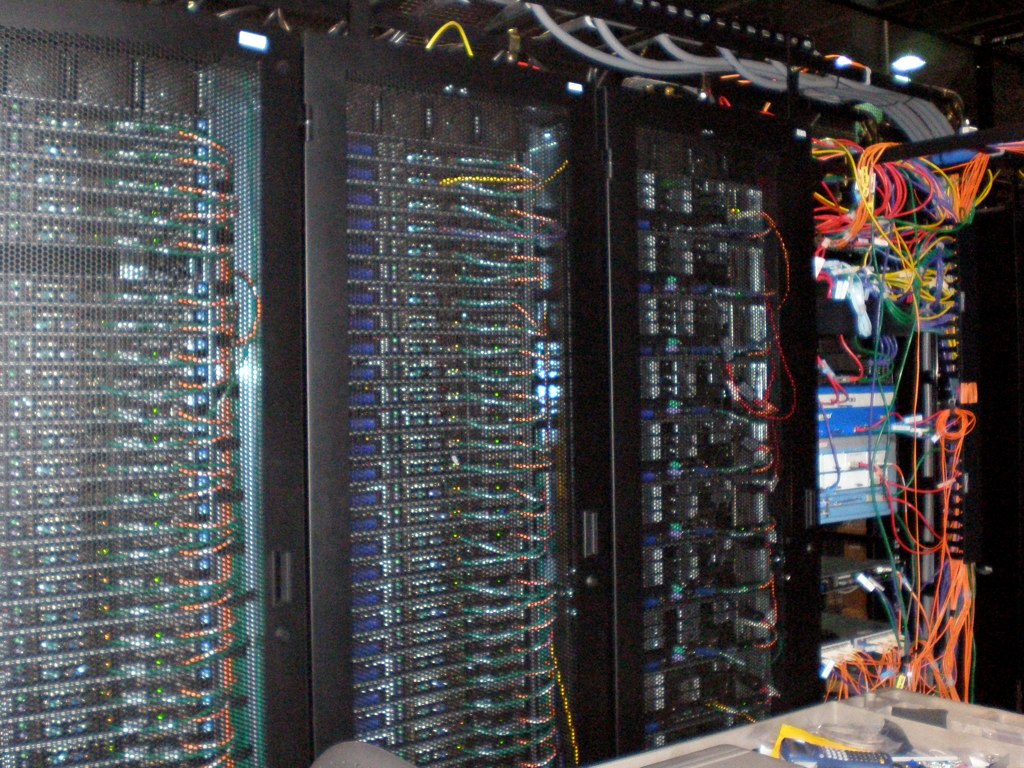The availability of cheap, high-speed mobile data has been one of the key reasons propelling the growth of India’s internet economy. Today, while this data may cost less in purely monetary terms, there is a significant energy cost in its transmission, processing, and storage, be it a simple message, video call, or streaming of a song.
The ‘always on’ communication needs of today’s society puts a greater pressure on the information and communication technology (ICT) industry to cater to the enhanced demand for data and digital services while meeting its obligation to curb carbon emissions.
Thankfully, advancements in global technology come to the rescue with the ICT and telecom industry now equipped with a sophisticated range of solutions to meet the growing demand in a green and energy-efficient manner.
While green energy solutions such as the solar photovoltaic (PV) are one way to minimize greenhouse gas emissions, what ICT companies really need is to shift their approach from merely aiming to reduce energy consumption to focusing more on enhancing energy utilization efficiency – which is basically to optimize energy usage, which will not only reduce CO2 emissions but also offer the potential to cut-down operating expenses.
Following the general carbon reduction trends, telecom service providers (TSPs) too have started taking initiatives to reduce carbon emissions from their network facilities. Driven by the swift adoption of 5G across industries, the key emerging trends in telecom energy in the next 5 years will include energy digitization, adoption of green energy, replacing lead-acid batteries with lithium batteries, AI collaboration, and introduction of simplified end-to-end and full-lifecycle energy networks among others.
The advent of 5G brings a sharp increase in the number of sites with complex operations & maintenance (O&M) processes, greatly increasing TSP OPEX costs. Energy digitalization, therefore, becomes crucial to simplifying and reducing site O&M costs. Thanks to digital sensing, control, and processing technologies, it is estimated that 90% of sites worldwide will have digitalized energy by 2025, making it possible for operators to build simplified, green, and autonomous driving networks.
To align with the United Nation’s SDG goals, many global operators have adopted strategies to save fuel, lower maintenance, zero diesel generators across networks, lower carbon emissions, and sustainable development. Investments in green energy have also seen a rise with the adoption of new energy technologies such as PV, wind & solar energy, hydrogen fuel cells, and lithium batteries. Though requiring a fairly high initial investment, these technology solutions are steadily being incorporated by operators owing to their environmental friendliness, low carbon emissions, maintenance-free, and low electricity cost benefits.
As site power consumption rises, efficient energy storage systems become key. Lithium batteries, with a life-cycle five times that of lead ones, become the perfect choice. The future usage pattern will have lead-acid batteries replaced by lithium batteries, and batteries will also be increasingly used as a power source rather than backup energy.
Furthermore, recent year technology breakthroughs in the solar cell industry have come in the form of third-generation cells. Concentrating photovoltaic (CPV) power generation systems that use third-generation solar cells as their core parts outperform traditional thermal and nuclear power generation in terms of power conversion efficiency and are now used on a large scale.
Thanks to economies of scale, the end-to-end costs of 3rd & 4th generation solar cell systems are dropping. Given that CPV solar cells occupy less space, their power generation costs will be reduced to US$0.07 per kWh very soon, which promises a bright future for the industry.
AI is another new-age technology that holds much promise. The 5G era will likely lead to an increased number of stations and power consumption, which may eventually result in high energy and O&M expenses. AI collaboration technology can play a big role in tackling this challenge.
For telecom energy conservation, AI algorithm modelling for sliced networks to improve site resource configuration is an example of how AI technology can be used effectively for aiding with energy efficiency optimization.
While companies from several industries have set targets to achieve zero carbon footprint, a few sections of the telecom industry have already been able to make good progress in lowering CO2 emissions.
Huawei’s Digital Power Zero Carbon Network Solutions offer a comprehensive package that helps operators to implement their zero carbon networks strategy and accelerate green and sustainable development worldwide. Huawei Digital Power has profound experiences in power electronics, information and communications technologies, and digital technologies, and is dedicated to green power generation and efficient power consumption.
The views and opinions expressed in this article are the author’s own, and do not necessarily reflect those held by pv magazine.
This content is protected by copyright and may not be reused. If you want to cooperate with us and would like to reuse some of our content, please contact: editors@pv-magazine.com.








By submitting this form you agree to pv magazine using your data for the purposes of publishing your comment.
Your personal data will only be disclosed or otherwise transmitted to third parties for the purposes of spam filtering or if this is necessary for technical maintenance of the website. Any other transfer to third parties will not take place unless this is justified on the basis of applicable data protection regulations or if pv magazine is legally obliged to do so.
You may revoke this consent at any time with effect for the future, in which case your personal data will be deleted immediately. Otherwise, your data will be deleted if pv magazine has processed your request or the purpose of data storage is fulfilled.
Further information on data privacy can be found in our Data Protection Policy.